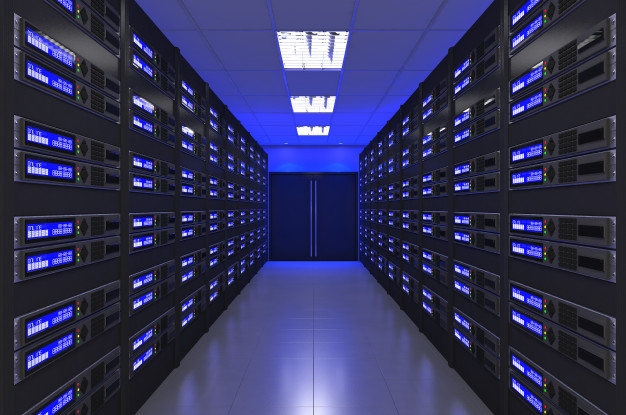While so much revolves around cloud use and digitization, IT managers, especially at banks and insurance companies, are running out of time on another topic: The specialists in mainframe technology, which is so vital for these areas, are usually close to retirement – and its lack of young talent.
Table of Contents
How can Mainframe Modernization and Generation changes be Achieved without Losing Valuable User knowledge in the Company?
Cloud computing is ubiquitous in the IT departments of many companies over the world. Besides, over three-quarters of companies in almost every country already use cloud services.
Simultaneously, vast amounts of data, especially in the case of banks and insurance companies, are by no means on cloud servers but rather hidden in the cellars and basements of company buildings – on mainframes. The IT veterans, which weigh tons, are incredibly reliable and robust. And the design of it is to process a large number of transactions in parallel.

Mainframes Stand for the Highest System Availability, Redundancy, and Scalability
IBM developed both the concept and the z/OS operating system for the mainframe computers in the 1960s, so the mainframe technology is old but not out of date. Despite all the declines, it still forms the strategic IT platform for many companies whose transactions require the highest system availability, such as banks and insurance companies. But also authorities, airlines, automobile manufacturers, and logistics companies. With good reason: You can characterize the Mainframes by a high degree of system availability and reliability.
- This security is not yet given with cloud applications, as the aforementioned cloud monitor study shows: every second company reports failures in the last 12 months due to technical problems with the cloud provider.
- For many, this is also a reason why multi-cloud models aim for more redundancy and fewer failures. On the other hand, with mainframes, the downtime is only a few minutes during the entire year of operation.
- Redundancy is one of the basic principles here, as is scalability. The mainframes are not only available around the clock, you can switch on or off any number of computer instances. And even you can exchange the hardware components during operation.
- This makes it easier to modernize the systems. And the modernization and adaptation of legacy systems is, of course, an issue for mainframe users. It’s about automation, the combination with cloud applications, and the use of agile methods.
Technically, you can solve these tasks. There are expert service providers, and the manufacturers are also continually developing the operating systems. For example, the opening of z/OS operating system was for Linux and Open Source years ago. And end-to-end encryption has also been possible since the z14 operating system (2017).
Often thought of as an agile project management with scrum
The majority of companies already use modern programming languages such as Java and work with agile implementation methods ( DevOps ).
Mainframe Specialists for Operation and Modernization are Rare
But the question that worries many companies is: who should make these adjustments? And, who will lead the mainframe systems into the future or even continue to operate them? Because not only the technology is getting on in years. Also, professionals who master it are about to enter retirement age. What should I do?
Looking abroad doesn’t help here; it’s a global problem. According to a current survey among IT decision-makers in Great Britain, France, Italy, Spain, the DACH region, the USA, Canada, and Northern Europe, 63 percent of those surveyed see a significant risk that the departure of highly qualified employees from the mainframe area into the Retirement whose user knowledge and experience is lost to the company. Internal training and knowledge transfer would be a useful measure, but the use of it is not intensively enough.

